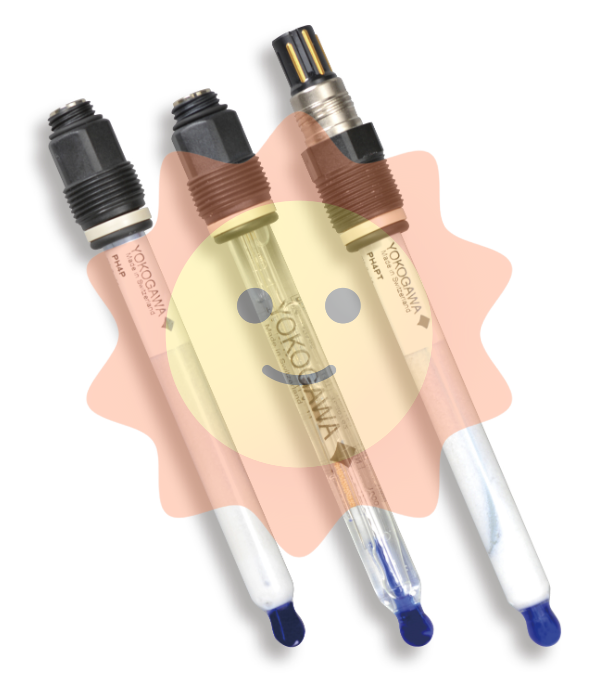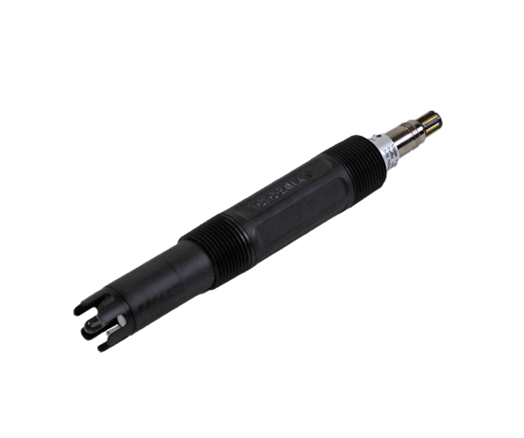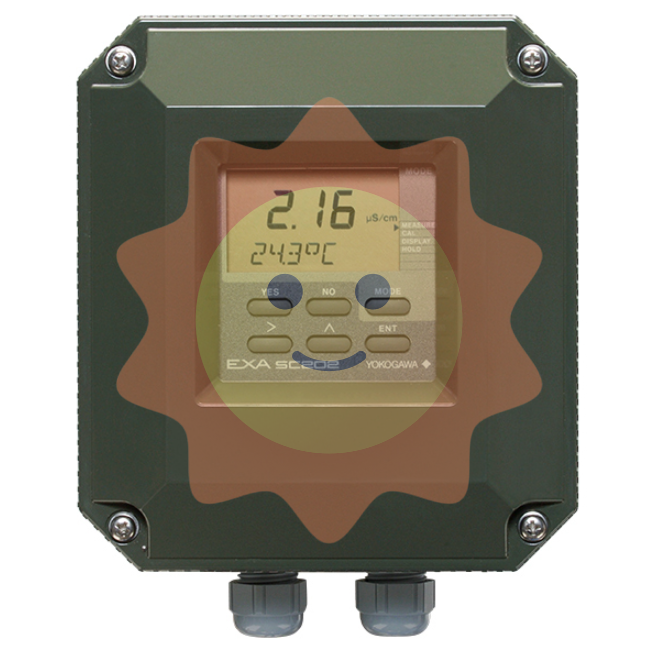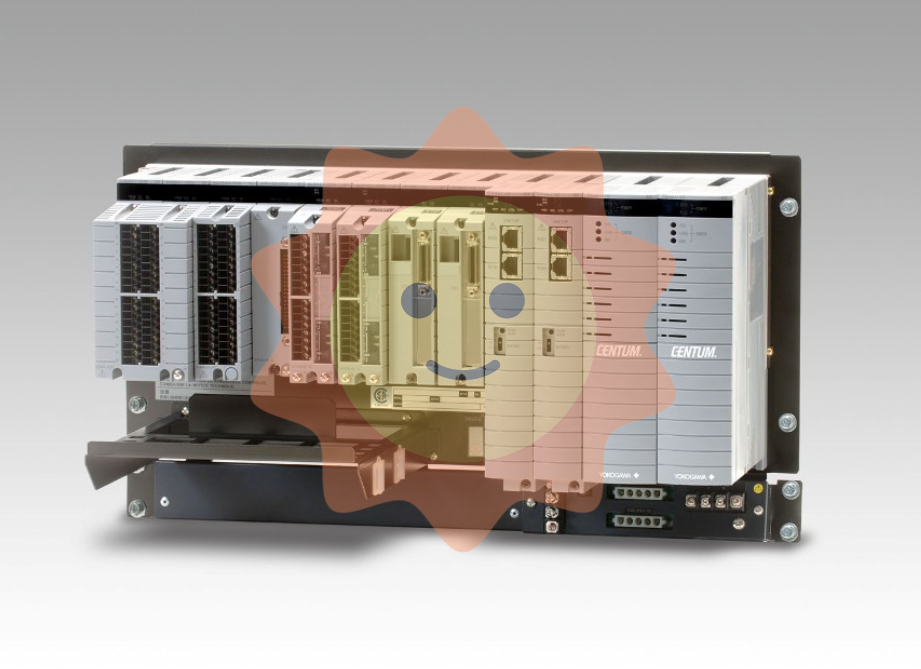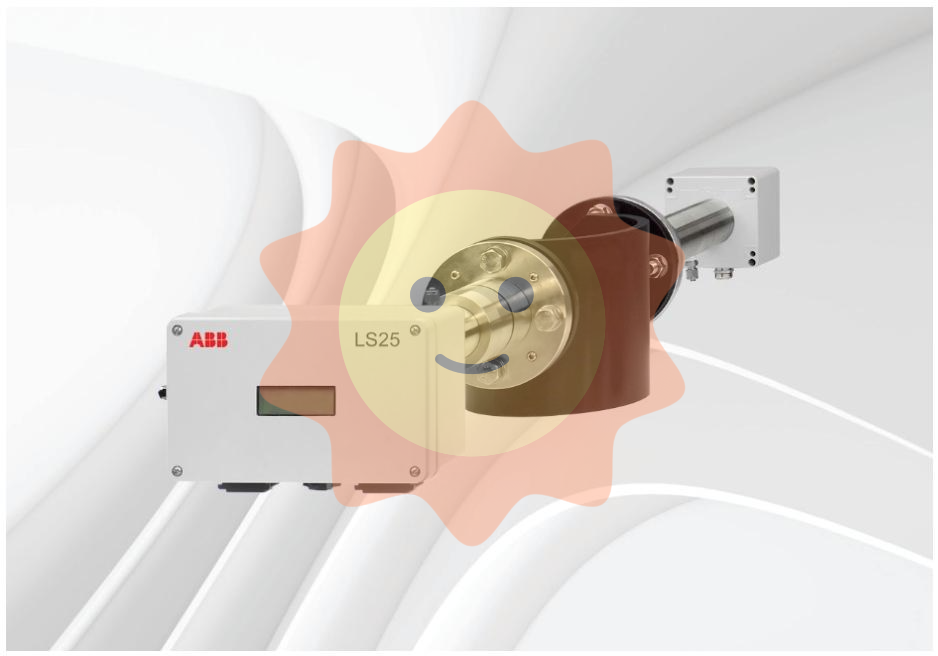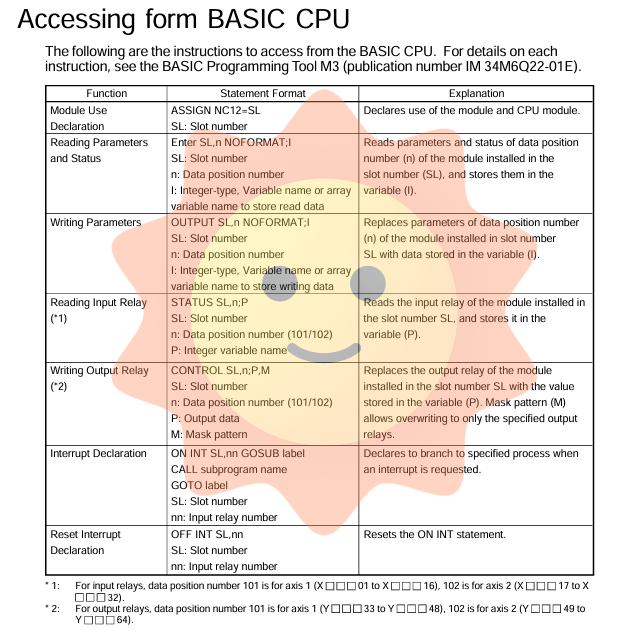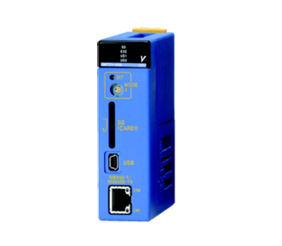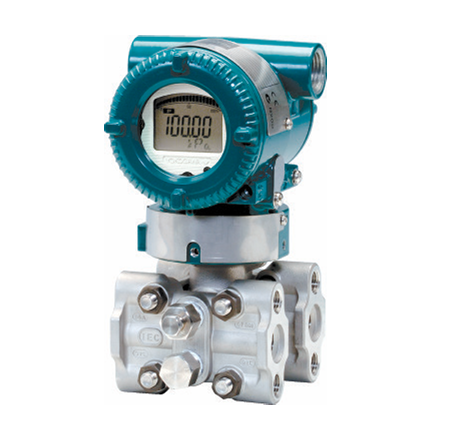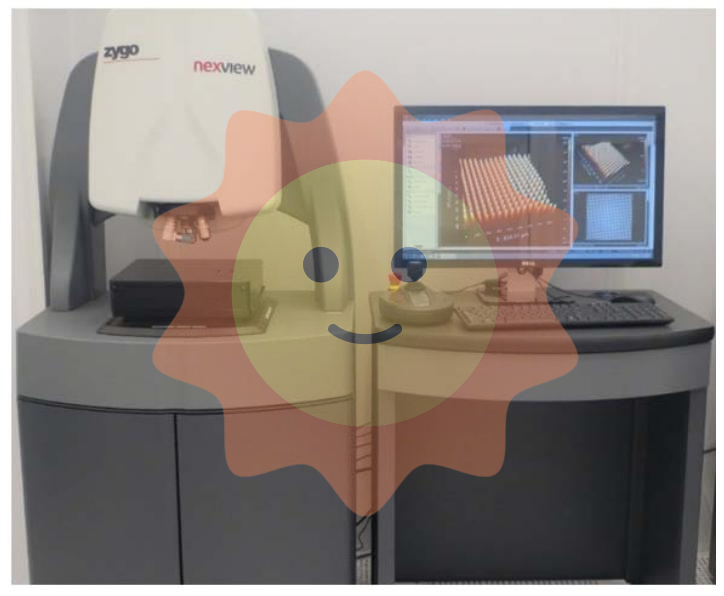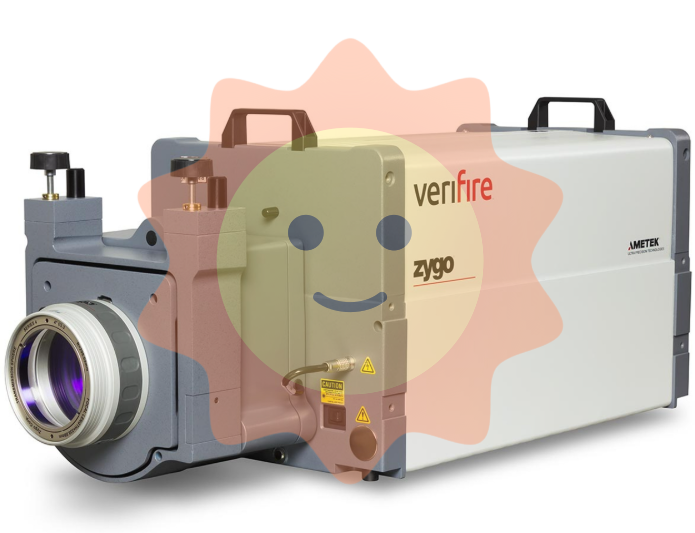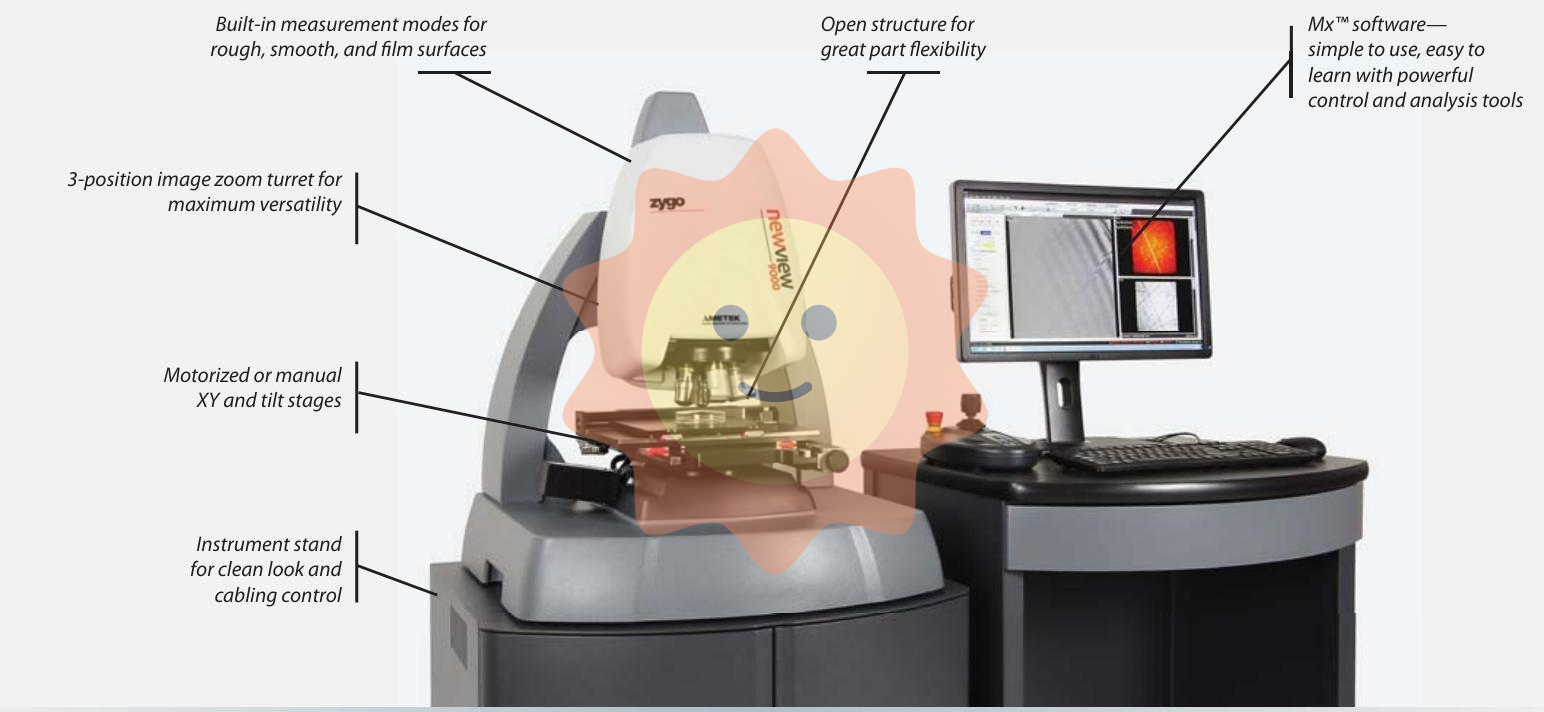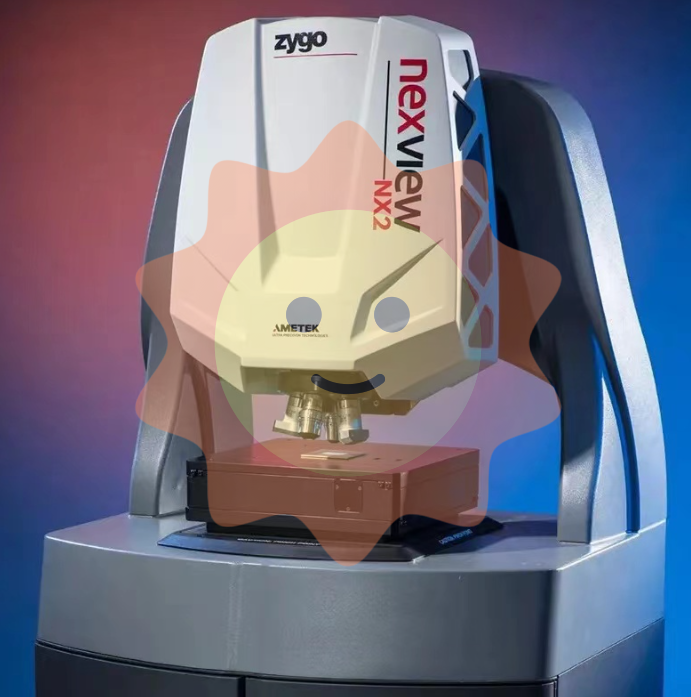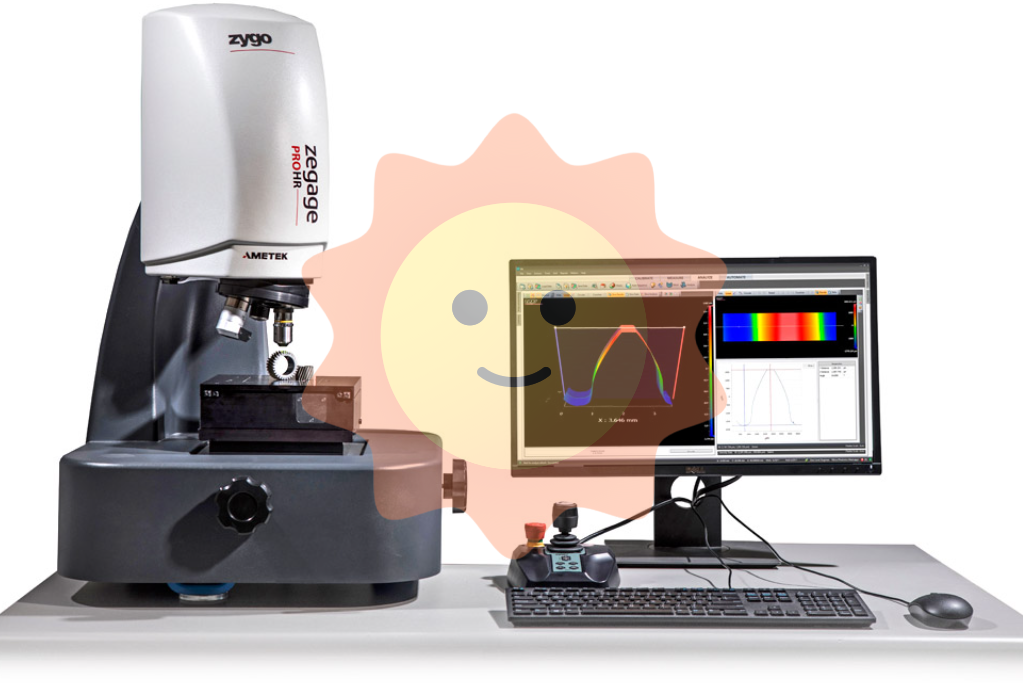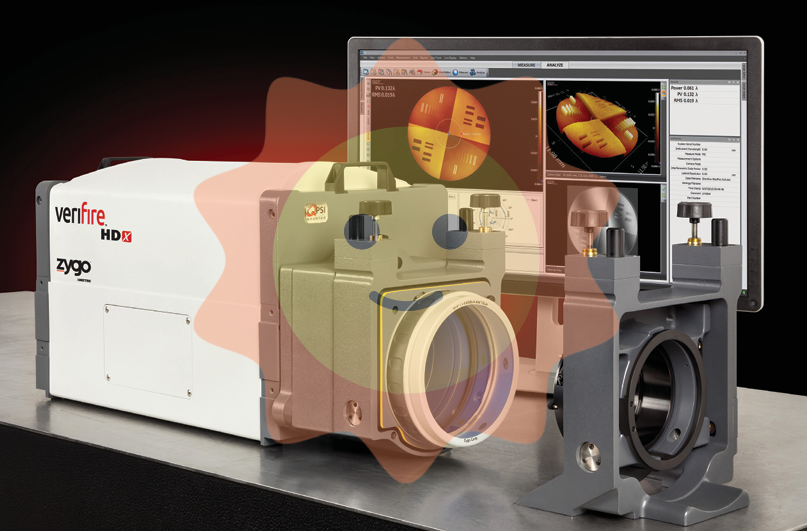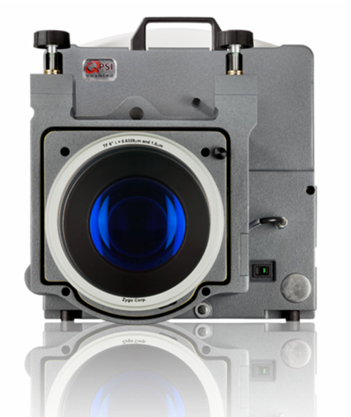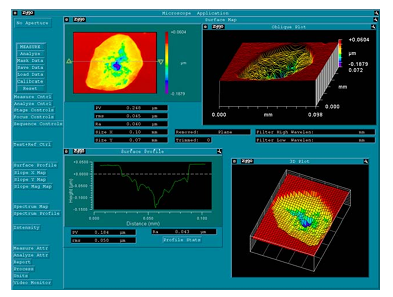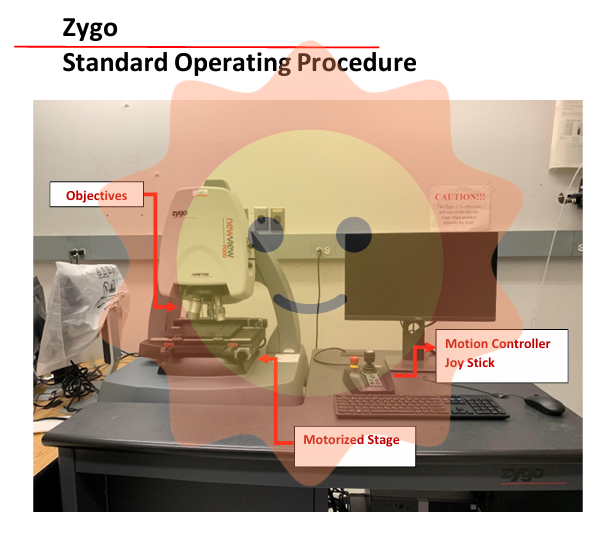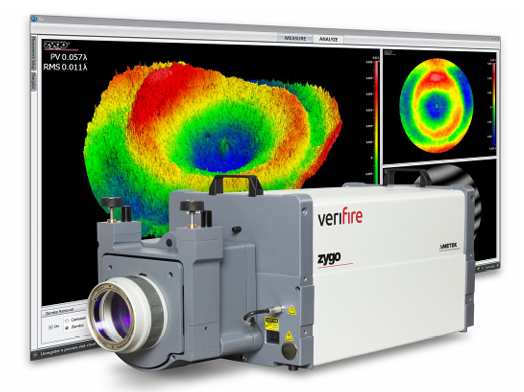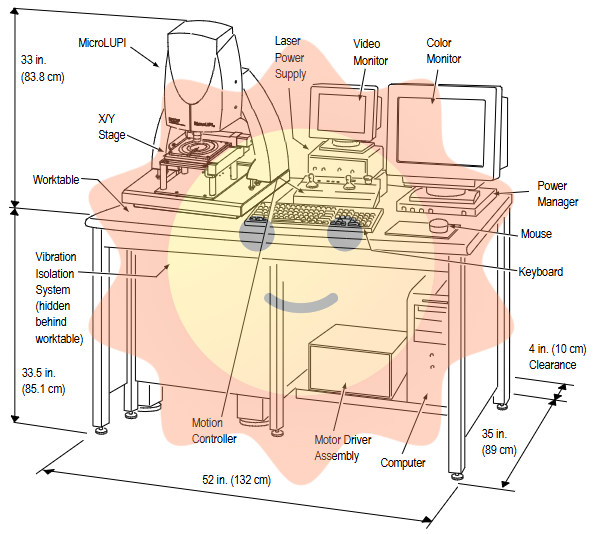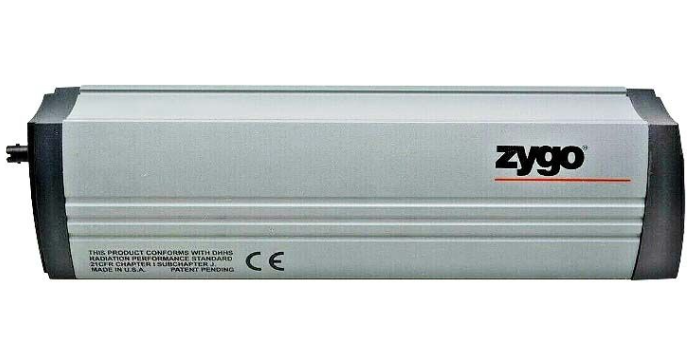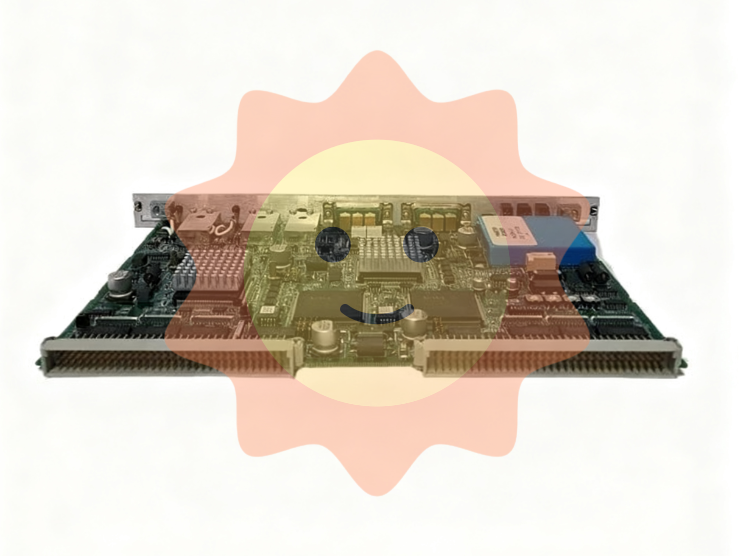ABB CI857K01 3BSE018144R1 is a high-performance communication and control integrated module controller for industrial automation systems. It belongs to the core expansion module of ABB AC 800M series PLC and is mainly responsible for high-speed data exchange, protocol conversion, and distributed control tasks between industrial field equipment and PLC main controllers. Its model code follows the ABB Industrial Control Product Specification, where "CI" is the prefix for Communication Interface modules, representing that the controller is centered around industrial communication functions; 857K01 "is the module model identification, specifying the communication protocol types and hardware configurations it supports; 3BSE018144R1 "is the standard spare part code, where" 3BSE "represents the AC 800M series PLC matching module, and" R1 "indicates the hardware benchmark version.
ABB CI857K01 3BSE018144R1 Module Controller
Product Overview
ABB CI857K01 3BSE018144R1 is a high-performance communication and control integrated module controller for industrial automation systems. It belongs to the core expansion module of ABB AC 800M series PLC and is mainly responsible for high-speed data exchange, protocol conversion, and distributed control tasks between industrial field equipment and PLC main controllers. Its model code follows the ABB Industrial Control Product Specification, where "CI" is the prefix for Communication Interface modules, representing that the controller is centered around industrial communication functions; 857K01 "is the module model identification, specifying the communication protocol types and hardware configurations it supports; 3BSE018144R1 "is the standard spare part code, where" 3BSE "represents the AC 800M series PLC matching module, and" R1 "indicates the hardware benchmark version.
This module adopts a compact modular design, integrating multi protocol communication, distributed I/O control, data preprocessing and other functions. It can be directly connected to the local bus of AC 800M PLC (such as PROFIBUS DP, EtherNet/IP), and can also be used as an independent distributed controller to connect field sensors, actuators and third-party devices. Through standardized industrial protocols, data interoperability is achieved, providing highly reliable communication and control solutions for process industries such as petrochemicals, power, metallurgy, etc. It is widely used in the expansion of distributed control systems (DCS), field equipment cluster control and other scenarios.
Specification parameters
Electrical characteristics
Working voltage: DC 24V (allowable fluctuation range ± 15%, suitable for industrial equipment standard DC power supply); Power consumption: normal operation ≤ 12W, maximum load ≤ 20W; signal input types: digital (PNP/NPN passive contacts), analog (4-20mA/0-10V, requires expansion I/O module)
Interface configuration
Communication interface: 1 PROFIBUS DP master/slave (maximum speed of 12Mbps), 1 EtherNet/IP (10/100M adaptive, supporting TCP/IP and UDP protocols), 1 RS485 (supporting Modbus RTU protocol, speed range of 1200bps-115200bps); Local bus interface: 1 AC 800M PLC local bus (high-speed interconnection with the main controller); Expansion interface: Supports connecting distributed I/O modules such as ABB AI830 and DI830 (up to 32 I/O modules can be expanded)
Performance parameters
Data transmission rate: PROFIBUS DP maximum 12Mbps, EtherNet/IP maximum 100Mbps; Communication response time: PROFIBUS DP slave mode ≤ 1ms, EtherNet/IP periodic communication ≤ 5ms; Protocol conversion delay: Modbus RTU to PROFIBUS DP ≤ 10ms; Fault record capacity: 500 records (including timestamp ± 0.1s, supporting event log export)
Environment and Structure
Working temperature: -25 ℃~+60 ℃ (industrial grade wide temperature, suitable for on-site control cabinets and control room environments); Storage temperature: -40 ℃~+85 ℃; Protection level: IP20 (module body, suitable for installation in control cabinet); Installation method: 35mm DIN rail installation (size: 140mm × 100mm × 60mm, saving installation space)
Performance characteristics
Multi protocol compatibility and flexible communication: Native support for the three mainstream industrial protocols of PROFIBUS DP, EtherNet/IP, and Modbus RTU, it can simultaneously serve as a PROFIBUS DP master station (connecting slave devices such as frequency converters and servo drives) and an EtherNet/IP slave station (connecting to higher-level DCS systems), achieving seamless data exchange between devices with different protocols; Support protocol conversion function, such as converting on-site Modbus sensor data into PROFIBUS DP signals and uploading them to the AC 800M main controller, without the need for additional protocol converters, simplifying the system architecture.
Distributed control and I/O expansion capability: It can achieve local distributed control without the main controller, and connect AI830 analog input module, DI830 digital input module, etc. through expansion interfaces to directly collect on-site signals and execute preset control logic (such as "triggering DO output when temperature exceeds threshold"), reducing the load on the main controller; Supports up to 32 extended I/O modules, which can cover the signal acquisition and control needs of large-scale field devices, and is suitable for distributed equipment layout scenarios such as petrochemical plant areas and metallurgical workshops.
High reliability and anti-interference design: The hardware adopts industrial grade components, and the communication circuit has 2500V AC/1min isolation and voltage resistance. The digital signal circuit has 1500V AC/1min isolation, effectively resisting electromagnetic interference in industrial sites (such as frequency converter harmonics and high-power motor start stop impact); Compliant with the IEC 61000-4 series immunity standards (4kV contact discharge, 8kV air discharge, 10V/m electric field immunity), it can operate stably in strong interference environments such as power substations and chemical explosion-proof areas without communication packet loss or data distortion.
Convenient configuration and operation: Supports graphical configuration through ABB Control Builder M software, allowing for intuitive configuration of communication parameters (such as PROFIBUS DP address, EtherNet/IP IP address), control logic (such as ladder diagram, functional block diagram), and fault alarm rules; Built in status monitoring function, real-time display of power, communication, and expansion module status through LED indicator lights, allowing operation and maintenance personnel to quickly assess module operation status; Support remote uploading and downloading of configuration programs and fault logs through EtherNet/IP, without the need for on-site computer connection and debugging, improving operation and maintenance efficiency.
Precautions
Selection and compatibility matching: When selecting, the module configuration should be determined based on the communication protocol of the on-site equipment (such as whether PROFIBUS DP is the main protocol and whether Modbus conversion is required). If I/O expansion is needed, the compatibility between the expansion module model (such as AI830, DI830) and CI857K01 should be confirmed; When paired with the AC 800M main controller, it is necessary to confirm the firmware version of the main controller (recommended V6.0 and above) to avoid local bus communication abnormalities caused by version incompatibility; Third party devices (such as third-party Modbus sensors) need to confirm that communication parameters (baud rate, parity, address) are consistent with module configuration to ensure normal data exchange.
Installation and wiring specifications: When installed inside the control cabinet, it is necessary to maintain a distance of at least 15cm from strong interference equipment such as frequency converters and high-power relays to reduce electromagnetic coupling interference; Communication cables should be selected according to the protocol type: PROFIBUS DP uses dedicated twisted pair shielded wires (impedance 150 Ω), EtherNet/IP uses Category 5e shielded network cables, RS485 uses shielded twisted pair wires, and all shielding layers are single ended grounded (grounding resistance ≤ 4 Ω); The power cord and communication cable are wired separately (the power cord uses RVV 2 × 1.0mm ², and the communication cable uses RVSP 2 × 0.75mm ²) to avoid power cord noise interference with communication signals.
Debugging and parameter configuration: Complete configuration through Control Builder M software before commissioning: configure communication interface parameters (PROFIBUS DP address set to 1-126, EtherNet/IP set static IP address), allocate extended I/O module addresses, and write control logic; Conduct communication testing: Use PROFIBUS debugging tools (such as ABB DP Master) to test the connection of slave devices, verify EtherNet/IP communication through Ping command, and ensure no packet loss; Distributed control function testing: Simulate on-site input signals (such as standard 4-20mA signals), verify whether the local control logic is executed correctly, and whether the control instructions are accurately output to the executing mechanism.
Maintenance and troubleshooting: Regularly (quarterly) check the status of the module LED indicator lights (power light on, communication light flashing normally, fault light off is normal), the tightness of the wiring terminals (torque 0.6-0.8N · m), clean the dust inside the control cabinet, and prevent module overheating caused by poor heat dissipation; Conduct communication link testing once a year (such as measuring PROFIBUS DP cable impedance, EtherNet/IP network bandwidth); If there is a communication interruption fault, it is necessary to check the cable connection (whether it is loose or disconnected), protocol parameters (whether it matches the device), and address conflicts (whether there are duplicate communication addresses); If there is no response from the extended I/O module, it is necessary to check the connection of the expansion interface and the module power supply (whether it is DC 24V), and replace the backup module if necessary.
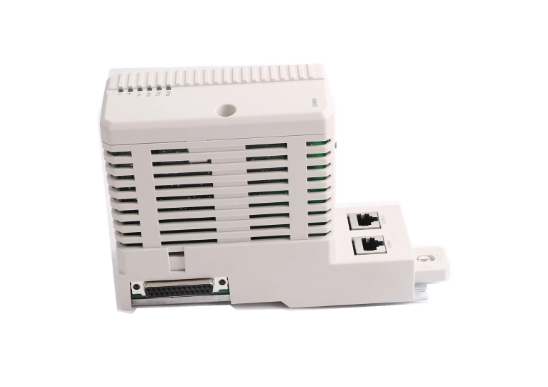
- User name Member Level Quantity Specification Purchase Date
- Satisfaction :
-









Email:wang@kongjiangauto.com

